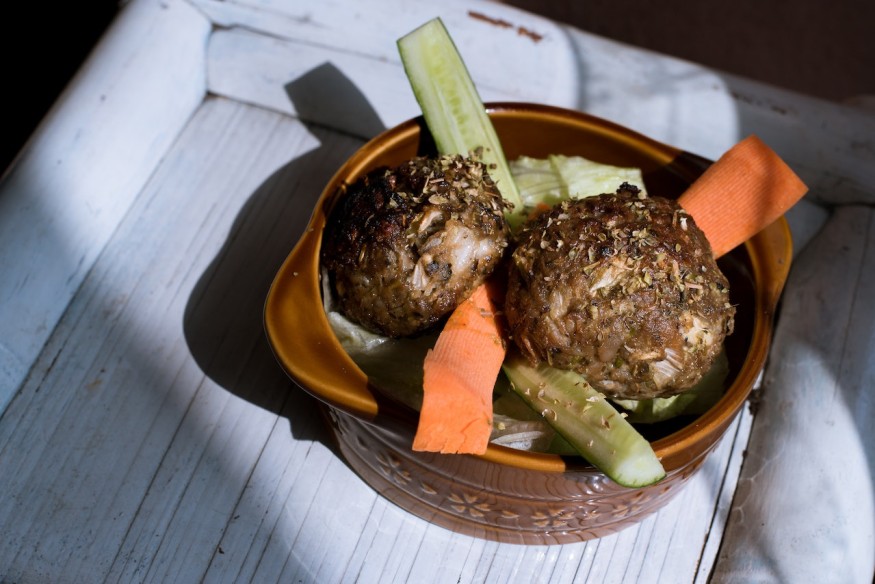
Vow, a cultivated meat company, has brought back the extinct wooly mammoth in the form of a meatball.
Prehistoric Meatball Made of Lab-Grown Flesh
According to the Daily Mail, the Australia-based company Vow ultimately plans to "mix and match cells" from unusual species in order to come up with new meat varieties. For this prehistoric lab-grown mammoth meatball, Vow specifically chose the wooly mammoth because of how it symbolized climate change and loss, as noted by USA Today.
To come up with this prehistoric meatball, the specialists took the DNA sequence from a muscle protein of the mammoth. They then filled the gaps with the code of an elephant, which is the extinct species' closest relative that is still alive.
The company took DNA sequences of both species and placed them in sheep stem cells in order to replicate the cells. More than 20 billion cells were used to make one meatball.
The unique product was unveiled at Nemo, a science museum in the Netherlands, on Tuesday. Vow notes that the unique lab-grown meatball was chosen because of its global popularity across centuries.
The website states that the dish is accessible, affordable, and easy to prepare. This is exactly what Vow aims to achieve for future cultivated meat products. Tim Noakesmith, Vow's co-founder, notes that another goal is to transition meat eaters from usual animal proteins to eating meat that is cultured, cell-grown, nutritious, and flavorful.
The Guardian reports that Vow has already used 50 different animal DNAs, which include varieties of buffalo, alpacas, fish, peacocks, and kangaroos.
Is It Edible?
While this lab outcome may be extraordinary, the experts have second thoughts about consuming the prehistoric meatball. The Daily Mail notes that they fear that the protein may be deadly.
Professor Ernst Wolvetang, who is from the University of Queensland's Australian Institute for Bioengineering and was part of the meatball-making process, notes that they have not seen this mammoth protein for thousands of years. Hence, they are unsure about how the human immune system would react to the consumption of the mammoth meatball.
He adds that the process of making the prehistoric lab-grown mammoth meatball was ridiculously fast and easy, as it was finished in a matter of weeks.
Initially, they wanted to create dodo meat. However, due to their currently nonexistent DNA sequences, this was not a possible feat.
The website also notes that the mammoth meatball is not yet ready to be consumed and that no one has tasted it yet. It states that, because of how it involves the protein of an extinct creature, it may take time to ensure that this lab-grown meat is healthy and safe to consume.
RELATED ARTICLE : US Site's Large-Scale Facility to Produce 15,000 Tons of Lab-Grown Meat Per Year Without Animal Slaughter Will Be Finished Later This Year
Check out more news and information on Lab-Grown Meat in Science Times.










